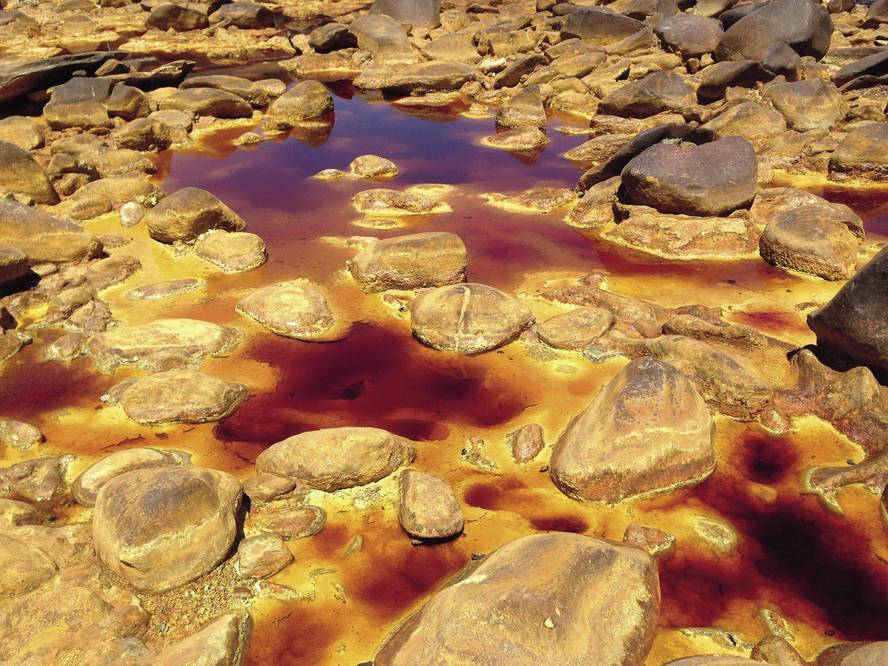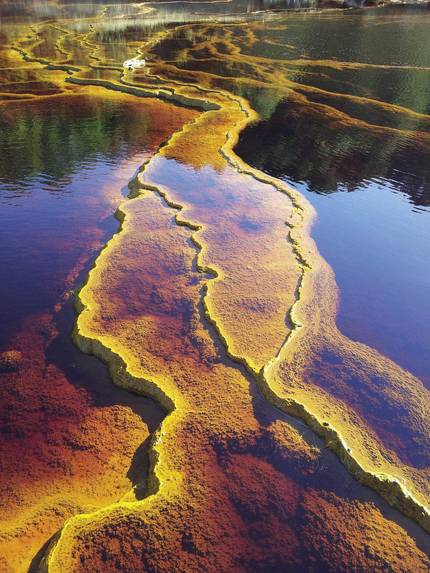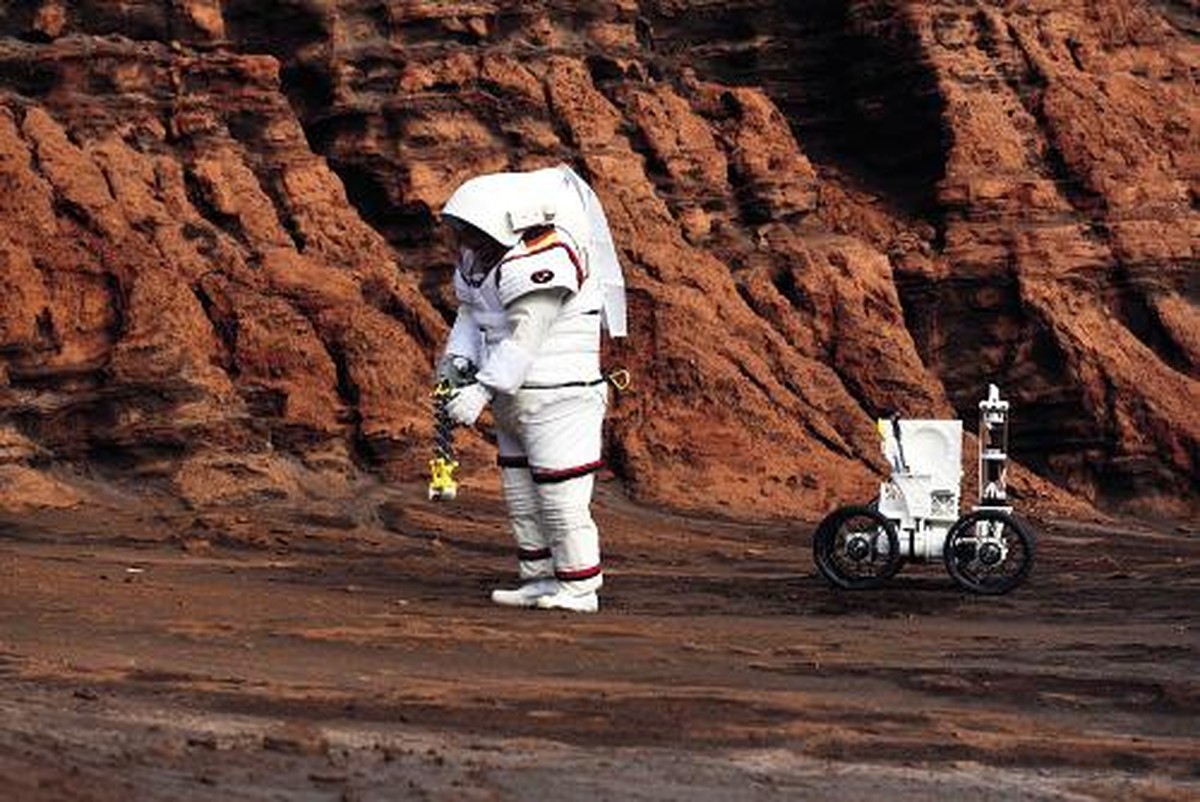The Red River, another world
Descending through the arid lands of Huelva, crossing for thousands of years areas altered by mining, the red waters of the Tinto River descend calmly. Next to the red, this reservoir and the vergas appear on the river bank, around the stones, etc. “It’s a very special place,” says Professor of Microbiology Ricardo Amils. “A river of almost 100 kilometers with that red color due to iron is not usual. It is the only one of that length in the world.”
Amils and her colleagues have been investigating this environment for three decades. These years have been for a lot, but Amils stresses that “the important thing has been to prove that it is a natural process”. The waters of Tinto are very acidic and filled with heavy metals. It has long been considered to be waters contaminated by mining activity.
In the mid 80's the Junta de Andalucía also planned to launch a restoration plan of the river. “Fortunately we managed to stop the plan,” says Amils. By then he had already realized that the characteristics of the river could be their own, for example, the biodiversity of the river did not correspond to that of contaminated waters. Written to UNESCO, the organization created an international group of scientists to assess the situation. They concluded it was natural, so the restoration plan made no sense.
They stopped the plan, but the debate has continued for many years. Amils and his colleagues have continued to accumulate evidence and have already shown that what happens on the Red River is a natural process. They have even shown that the Red River is as it is due to living beings.
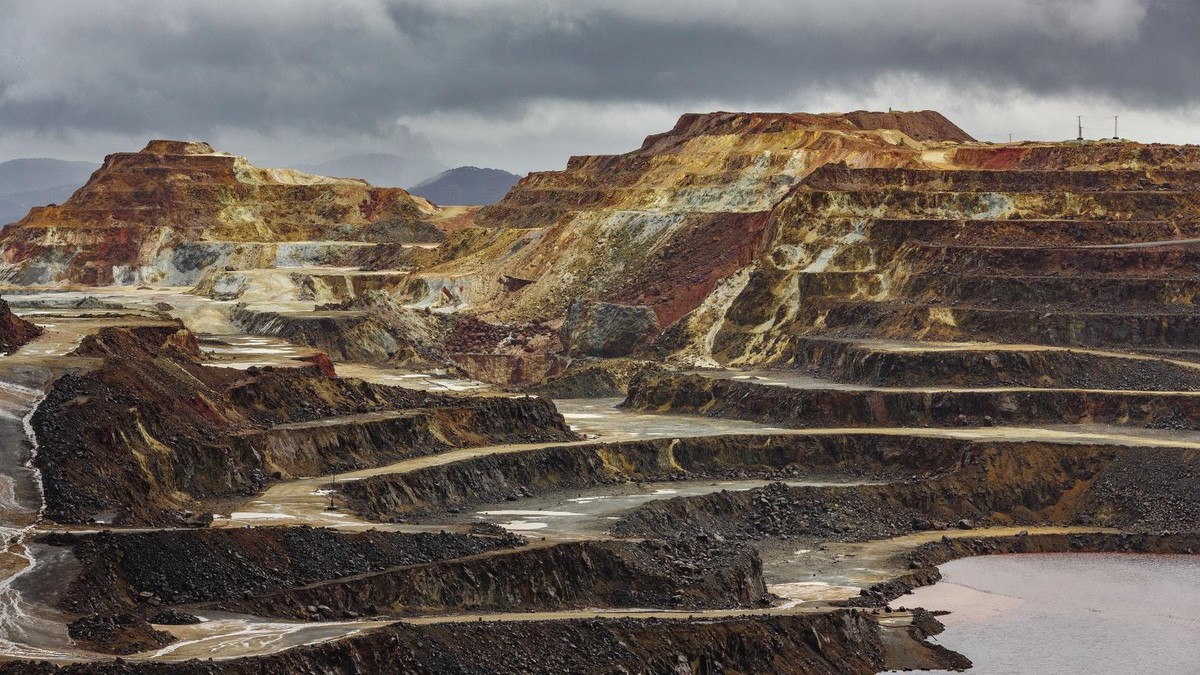
A bioreactor in the subsoil
“The river is born from a giant underground bioreactor,” explains Amils. “This bioreactor combines mineral substrate, microorganisms and water. Microorganisms get energy from metal sulphides, and these metabolic reactions generate iron ions (red) and sulfuric acid found in the river.”
The hypothesis of this bioreactor goes back to time immemorial in Amils and his companions, who have demonstrated through perforations made in recent years the existence of living beings that put this process in the subsoil. It has been drilled to a depth of six hundred meters and from the samples obtained it is clear that the process has been operating for at least eight million years.
As expected, microorganisms capable of oxidizing metal sulphides have been found in anaerobic conditions. “The oxidation of metal sulphides produced by aerobic organisms is highly studied, but in the subsoil there is no oxygen inside the rock and we had to show that there were microorganisms capable of oxidizing metallic sulphides without oxygen.”
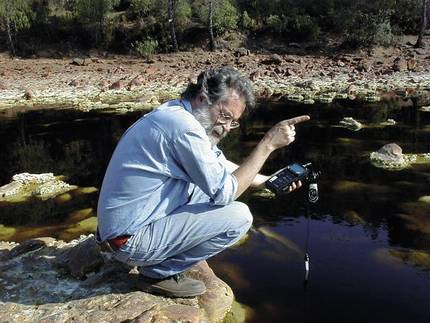
They have shown it and found more. “The results have been surprising. In addition to the expected microorganisms, we have found many more, they are microorganisms that participate in the basic biogeochemical cycles”.
There is no light, so there is no photosynthesis. Living beings extract energy directly from the rock. “We call the dark biosphere. They are mostly bacteria and probably some archaeologist. There may be some fungus, but at the moment the results do not make it clear,” explains Amils.
The river is born from this dark world. “The uniqueness of the Red River is that its extreme conditions are due to biological activity,” says Amils. And these extreme conditions are not suitable for any kind of life. In the Red River there are no fish, amphibians, insects. It is the kingdom of acidophilous beings. Algae, fungi and bacteria predominate. A strange errotifer is the only animal of these waters.
The researcher surprised from the beginning the diversity of eukaryotes found in the waters of the Red, especially of the algae. In these extreme conditions it was not expected so much, especially because of the high concentration of heavy metals, which are toxic. “Today we still have no explanation to understand so much diversity of algae. Algae are eukaryotic, much more complex than bacteria. But the question is that they are there. We have ideas to explain it, but it will be very difficult to prove it.”
From Tino to Mars
Due to its extreme conditions and geological characteristics, the Red River is declared a place similar to that of Mars. “The scientific community considers it the best geochemical and mineralogical analogue of Mars on Earth,” says Amils. “An important part of the geochemistry and mineralogy discovered on Mars is also found in the Red Basin.”
The most significant example is mineral jarosite. On Mars it was discovered by the Opportunity vehicle. “In the Red River there is much to hang and there it is due to biological activity. This does not mean that the Mars jarositor also has biological origin, but it opens up this possibility. Both systems, the Red River and Mars, have many similar things and, therefore, what happens in one, in this case Tinton, is extrapolable to another”.
Being a good analogue of Mars, researchers also use it to test the tools that are designed to send them. Life detection tools, but also others. “If you design a tool to detect life on Mars, but it’s not able to detect Tinton, it’s better not to leave Earth,” says Amils. “That is the value of analogues. They are not exactly the same as reality, but they have many similar or similar properties and serve to test tools.”
And the discovery of this dark underground world has further narrowed its relationship with Mars. Amils is clear: “I am convinced that on Mars there is life. Of course, thinking that it will be the same as Tinto's does not make sense, but the life in Tinton could develop on Mars. I am sure. Of course, the scientific method needs proof, it is useless what I say, but it is reasonable to think that if there has been life on Mars, or if there is, it can have similar properties. For example, today, on Mars, there can only be life underground.”
Therefore, if life was found on Mars it would be necessary to pierce it. “That’s what subsoil experts ask. It's okay to send cars back on Mars, but we won't find it alive. The signs of life will be buried, and mission designers know it; drilling is not a cough in the middle of the night, but.”
Among the objectives of the Mars 2020 missions of NASA and ExoMars 2020 of the ESA is the underground, but the first will drill less than one meter and the second two meters. “That’s nothing, if we want to find life, we’ll have to get much deeper. We reached 600 meters from Tinton. Life is higher, of course, but life needs water, and I have great doubts that two meters deep on Mars there will be liquid water. I wish I was wrong, but I think it would be necessary for a mission to be drilled specifically. Currently, the political leaders of the missions do not bet on this because of their high risk. From the experience of the Red River we know that it is very difficult to drill. Also, you have to choose the place and right there is little chance of finding something.”
In this world
However, on the margin of Mars, they still have much to investigate on the Red River. For example, the other end of the Red River is now being investigated: the marshes. “I had long wanted to investigate there. Because there pH changes twice a day,” explains Amils. As the tide rises, the sea water mixes with the waters of the Red River. “I think the conditions of the marshes can be even more extreme. At the rate, the conditions are constant: the pH is not change and the metal concentration is not in. It is interesting to know what happens in an environment where there are continuous incidents. A being adapted to extreme conditions has no future. We are seeing that very few are able to live there.”
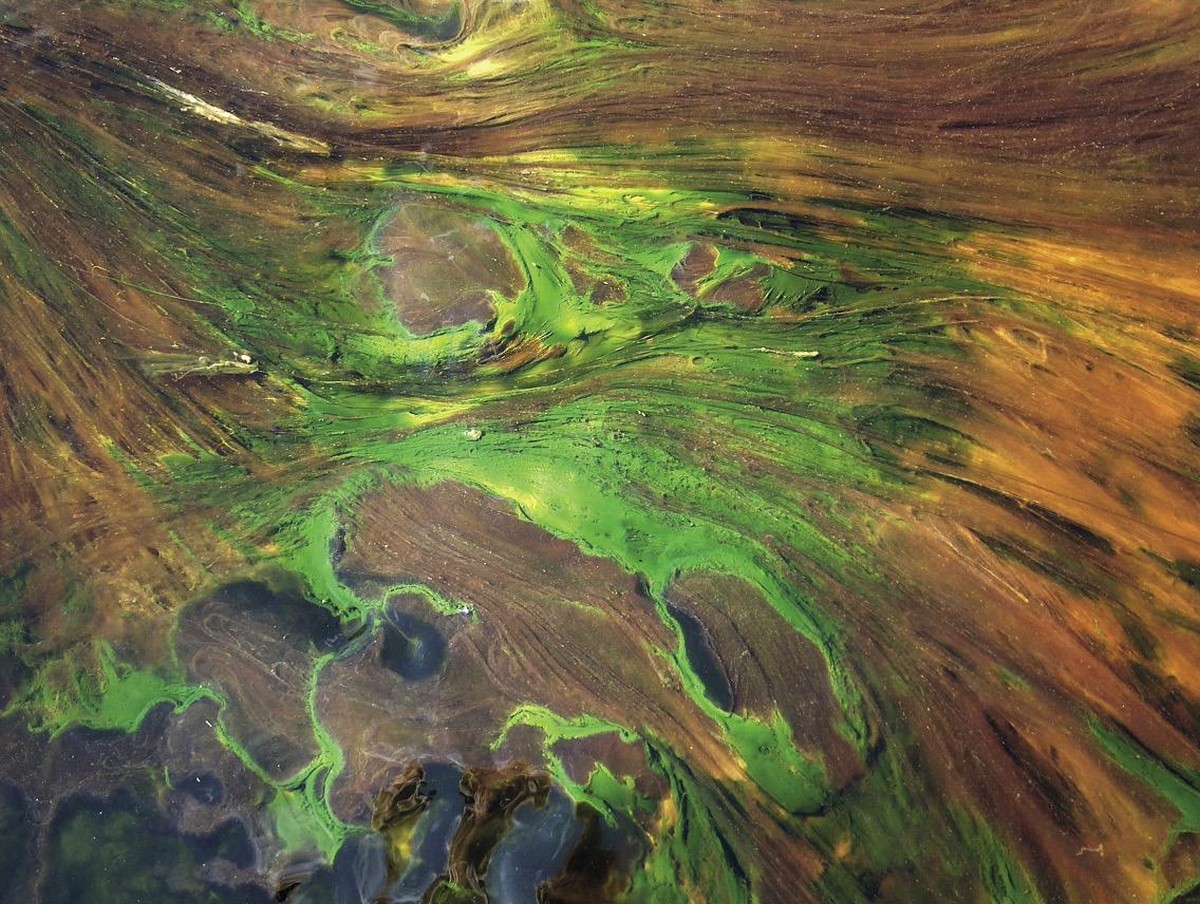
Biomineralization is also being worked on. “We know that microorganisms in the Red River produce minerals like jarosite. There is great interest in investigating how microorganisms produce these minerals. It must be borne in mind that today geologists admit that two-thirds of the minerals we know come from biological activity,” says Amils.
Another area of interest is geobotany. They focus on the plants that inhabit the Red River, which are also able to live in extreme conditions. “Knowing how they adapt to these conditions is very interesting. For example, how they manage high concentrations of iron and sulfuric acid.” Some have seen that they manage to avoid metal penetration. Others are able to accumulate in rhizomes. “It is interesting, for example, for phytoremediation, that is, to develop methodologies for the recovery of lands contaminated with metals.”
They also investigate well the material extracted from the perforations. “We will need many years to analyze everything we have taken out, but we will continue because there are still many questions to answer.” For Amils, the most important thing right now is to understand this underground ecosystem. “Even if it seems a lie, underground life was announced by Darwin 150 years ago, but until recently we have not begun to investigate because no one believed there could be life inside a rock. Now we know that yes. We know that this dark biosphere is there. But how important is it? What measure do you have? How has the evolution of life on Earth influenced? Some think that perhaps life arose within the planets. But well, these basic issues are not immediately resolved. It’s about getting data to see what the path is, so others can then make other observations.”



